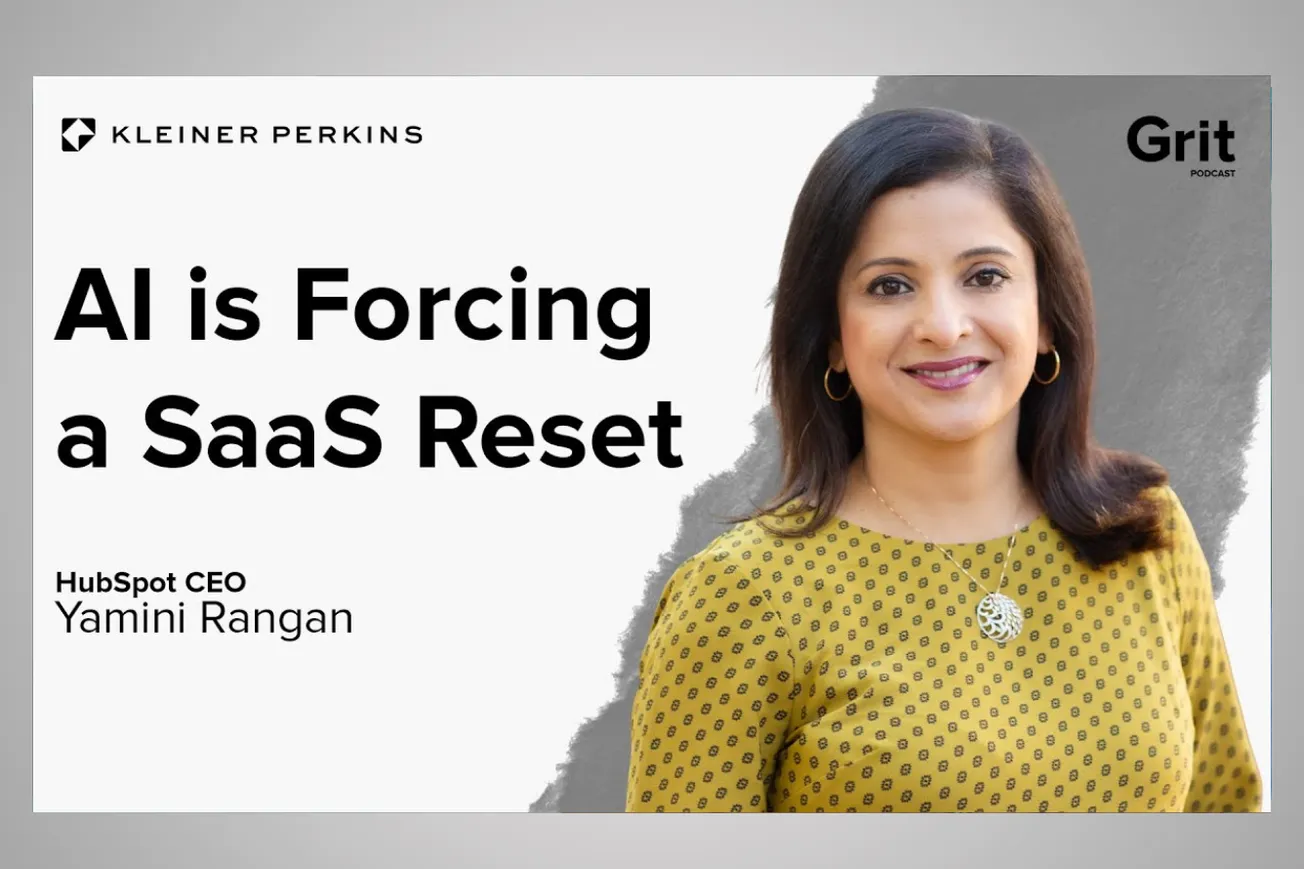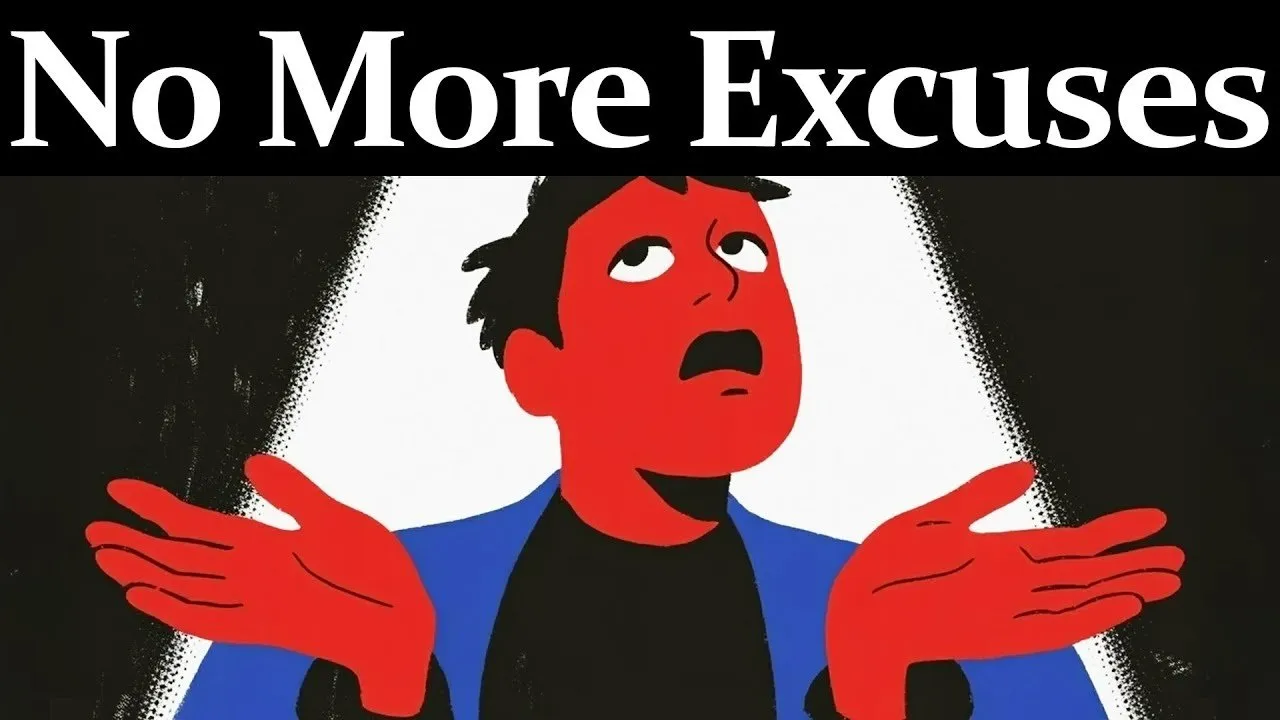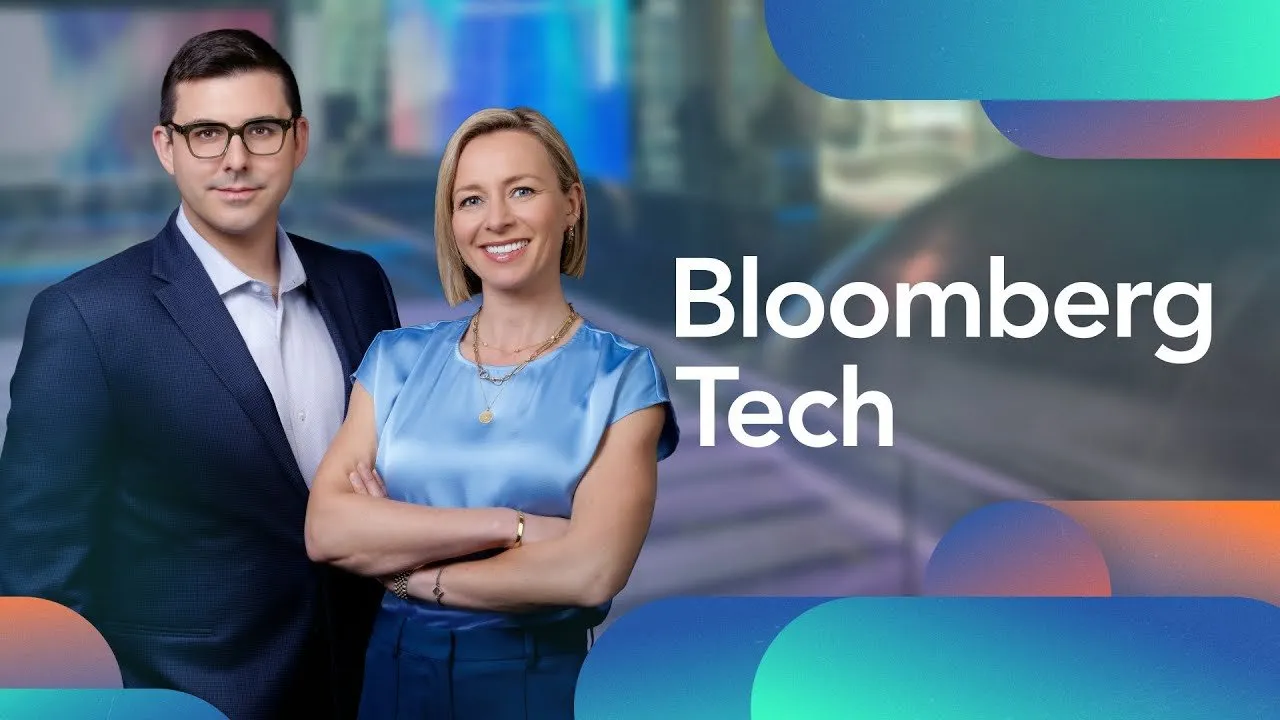Table of Contents
Yamini Rangan reveals how HubSpot navigates AI transformation while building a $30 billion CRM empire through customer-first innovation and resilient leadership.
Key Takeaways
- Traditional SaaS companies must embrace AI transformation or risk becoming the next Blockbuster or BlackBerry in today's rapidly evolving market
- Customer value, not technological hype, should drive AI implementation decisions—focus on making "neat features" into "necessary features" through proven usage
- Leadership during crisis requires immediate stakeholder realignment, as HubSpot demonstrated by cutting prices 75% and creating a $20 million relief fund during COVID
- The software market has expanded 10x by merging software capabilities with labor automation, creating unprecedented growth opportunities beyond traditional disruption patterns
- Effective CEO leadership involves managing impossible stakeholder trade-offs between customers, employees, shareholders, board members, and founders simultaneously
- Personal resilience comes from embracing the discomfort of "feeling behind" as fuel for continuous learning and adaptation in an industry that reinvents itself every six months
- Data ownership advantages in AI come from integrating structured and unstructured customer data to deliver real-time insights, not from data hoarding
- Peak performance requires intentional rest periods—HubSpot's CEO maintains strict Saturday boundaries and Sunday deep-work sessions for sustainable high-output leadership
- Hiring during hypergrowth requires accepting lower bars temporarily while building infrastructure to support long-term quality and systems integration
Timeline Overview
- 00:00–16:38 — Fire in My Belly: Yamini's journey from 350-square-foot home in India to HubSpot leadership, work ethic transmission, and raising kids with artificial constraints versus authentic motivation
- 16:38–30:14 — Helping While in Sheer Panic: COVID crisis response, 200% churn spike, five-day decision cycle, $20M relief fund, and subsequent 85% growth on billion-dollar base
- 30:14–47:25 — Customer Value and Market Transformation: AI strategy beyond hype, comparing to SaaS disruption patterns, 10x market expansion through software-plus-labor automation
- 47:25–54:19 — Becoming CEO: Brian Halligan's snowmobile accident, interim to permanent transition, stakeholder complexity multiplication, and the accountability burden
- 54:19–1:08:42 — Feeling Behind and Very Lonely: Embracing discomfort as growth catalyst, CEO isolation dynamics, layoff credibility loss, and impossible stakeholder trade-offs
- 1:08:42–END — Slowing Down and Intentional Choices: Work-life integration strategies, reading multiple books simultaneously, Saturday boundaries, and defining grit through resilient decision-making
The Fire Within: Building Success from Scarcity
Growing up in a 350-square-foot home in South India, Yamini Rangan learned that limitations often fuel the greatest achievements. Her mother's achievement-oriented dinner table conversations created a powerful foundation: "dinner tables would be the first lawyer in India, the first woman lawyer in India to win a big case, the first engineer to do something really cool, this doctor who would do something amazing." This early programming shaped her relentless drive and approach to leadership challenges.
- The authenticity gap: Artificial constraints on privileged children fail because "there has to be some fire in the belly... it has to come from within. It cannot just be given to you"
- Osmosis over lectures: Work ethic transmission happens through modeling—"I work a lot and I enjoy working a lot. My husband works a lot... surprisingly, that has a huge impact in terms of the kind of work ethic and values that your kids get"
- Economic reality checks: Despite earning $25 million annually, Rangan tells her sons: "if you like this work hard to get it because none of this is coming to you"
- Cultural grounding: Taking children to sponsored orphanages in India provides perspective on "what your responsibility is in society... not just for you to make money and live in the Bay Area"
- Values over wealth: The focus remains achievement-oriented rather than monetary—"it was never about, oh, I need to make more money or I'm doing this for money"
The contrast between authentic scarcity-driven motivation and manufactured constraints reveals why many second-generation entrepreneurs struggle to replicate their parents' hunger and drive.
Crisis Leadership: The COVID Crucible
When COVID hit in March 2020, HubSpot faced existential threat within days. "In one week we saw churn grow like 200%... we had massive churn in the first couple of weeks." Rangan's response became legendary: cut starter pricing by 75%, move paid features to free tiers, and create a $20 million relief fund. When the board asked about recovery time, her answer was brutally honest: "I don't know. It might take six months, it might take nine months, it might be never."
- Speed over perfection: Five-day decision cycles replaced traditional planning when facing unprecedented crisis
- Customer loyalty investment: The relief fund strategy proved prescient—"if we can do the right thing for the customer and in this moment of sheer panic, we can help them, then we earn their right to serve them"
- Hypergrowth consequences: 2021 brought 85% growth on a billion-dollar base, creating infrastructure chaos—"we were not ready in terms of our infrastructure, our systems, our processes"
- Hiring quality trade-offs: Rapid scaling meant "some of the folks during that time were really good at order taking but when the tides turned... they didn't have the skill set"
- Forward-demand reality: "You kind of knew that it was not sustainable... but that was the absolute ethos. We have to grow, we have to serve"
The COVID response demonstrates how customer-first decision-making during crisis creates lasting competitive advantages, even when short-term costs appear devastating.
AI Strategy: Beyond the Hype Cycle
Rangan cuts through AI noise with surgical precision: "forget all the hype and forget all the cool technology. Can we take a neat feature of AI and make it a necessary feature?" Her framework is ruthlessly practical—prove customer usage and repeat value, or abandon the initiative. The stakes couldn't be higher: "If you're one of these traditional SaaS companies and you're not leveraging this technology, like you're probably going to die."
- Disruption evolution: Unlike traditional market takeovers, AI creates 10x market expansion—"the overall addressable market went from software to software plus labor"
- Data integration advantage: "We are bringing together all of this structured data, unstructured data and even external data... to give that back to the customer"
- Sales productivity revolution: Traditional sales face-time remains stuck at 25-27% despite decades of optimization—AI can finally break this ceiling
- Conversation intelligence: AI can "listen to this conversation... add Juben to your contacts... agree that this is the summary... send this follow-up... it's done all of that"
- Incumbent awakening: "Every one of us running tech companies now, we've got the memo. We read innovator's dilemma. We looked at Blockbuster. We looked at BlackBerry"
The transformation represents software evolution from task facilitation to task completion, fundamentally reshaping customer value propositions across industries.
Stakeholder Complexity: The CEO's Impossible Equation
The transition from Chief Customer Officer to CEO revealed the exponential complexity of stakeholder management. Unlike go-to-market roles with clear customer, partner, and team focus, CEO responsibilities involve constantly conflicting interests.
- CEO decision-making requires balancing customers, employees, shareholders, board members, and founders with often incompatible timelines and priorities
- Employee credibility can be lost quickly during necessary but painful decisions like layoffs, requiring long-term rebuilding efforts
- Board management involves educating and aligning diverse perspectives while maintaining decision-making authority and vision consistency
- Founder relationships require delicate balance between independence and respect for institutional knowledge and emotional investment
- Shareholder expectations often conflict with customer investment timelines, creating tension between short-term metrics and long-term value creation
- Public company transparency requirements add complexity to compensation discussions and family privacy considerations
Rangan's experience with HubSpot's January 2023 layoff illustrates these challenges. Despite broad agreement on necessity, the decision damaged her credibility with employees and required ongoing repair work.
The Loneliness Factor: Isolation in Leadership
CEO isolation stems from the inability to discuss challenges with any stakeholder group without compromising relationships or revealing strategic vulnerabilities. This creates a unique form of professional loneliness.
- Team members cannot serve as confidants for board or investor challenges without compromising management authority
- Board members lack sufficient business context for operational decision-making support and guidance
- Other CEOs provide limited value due to different business models, markets, and timing circumstances
- Founder relationships require careful navigation between seeking advice and demonstrating independent leadership capability
- Family conversations about work stress must be filtered to avoid transferring professional anxiety to personal relationships
- CEO peer groups provide some relief but cannot replace context-specific guidance and support systems
The mental shift from collaborative decision-making to ultimate accountability creates psychological pressure that traditional leadership training rarely addresses.
Resilience Through Discomfort: Embracing the "Behind" Feeling
Rangan's career philosophy centers on embracing the discomfort of feeling "behind" as a catalyst for growth and learning. This mindset helped her navigate transitions from engineering to sales to executive leadership.
- The sensation of being "behind" often indicates proximity to significant learning and growth opportunities
- Career transitions require accepting temporary incompetence while building new skill sets and mental models
- Engineer-to-sales success came through leveraging analytical strengths rather than trying to develop traditional sales personality traits
- Deep customer research and problem analysis can compensate for natural relationship-building disadvantages in sales environments
- Learning cycles accelerate during periods of discomfort and challenge, making these phases valuable despite emotional difficulty
- Resilience building involves reframing discomfort as a signal of progress rather than a sign of inadequacy
Her approach to sales calls exemplifies this philosophy. Instead of fighting her introverted nature, she developed a research-heavy approach that made her exceptionally effective in the substantive portions of customer conversations.
Operational Excellence: The Sunday Strategy
Sustainable high performance requires intentional rest and deep work periods. Rangan's weekly schedule demonstrates how to maintain intensity while avoiding burnout through structured breaks and focused thinking time.
- Friday evening to Saturday evening represents complete disconnection from work communications and decision-making responsibilities
- Sunday becomes dedicated deep work time for reading, strategic thinking, and planning without interruption from operational demands
- Email scheduling prevents weekend work from disrupting team boundaries while maintaining personal productivity and preparation
- Physical exercise, yoga, and meditation provide essential counterbalance to intellectual and emotional work demands
- Vacation periods require initial adjustment time but ultimately provide creativity and perspective that enhance leadership effectiveness
- Reading multiple books simultaneously allows intellectual flexibility and prevents getting stuck on single topics or perspectives
This rhythm enables consistent 12-15 hour weekdays while maintaining mental clarity and strategic thinking capacity.
Future Vision: Data as Competitive Moat
HubSpot's AI strategy focuses on data integration advantages rather than proprietary algorithm development. The company's position as a data aggregator creates unique opportunities for customer value creation.
- Structured customer data combined with unstructured conversation data provides comprehensive business intelligence previously impossible to achieve
- External data integration from financial reports, earnings calls, and industry communities enhances customer context and sales effectiveness
- Real-time conversation analysis and automated follow-up systems eliminate traditional sales productivity bottlenecks and administrative overhead
- Customer success insights derived from conversation patterns help identify best practices and improvement opportunities across organizations
- Sales methodology improvements come from analyzing successful versus unsuccessful conversation patterns and sharing insights across teams
- The shift from software-assisted work to software-completed work represents a fundamental value proposition evolution for business customers
Common Questions
Q: How did HubSpot maintain growth during COVID while supporting struggling customers?
A: By cutting prices 75%, creating a $20 million relief fund, and moving paid features to free tiers, prioritizing customer survival over short-term revenue.
Q: What makes AI implementation successful versus just trendy?
A: Converting "neat features" into "necessary features" through measurable customer usage, repeat value, and clear productivity improvements rather than novelty.
Q: How does a new CEO build credibility after difficult decisions like layoffs?
A: Through transparent communication about context and necessity, consistent follow-through on commitments, and long-term value delivery to rebuild trust.
Q: What's the biggest challenge in transitioning from functional to CEO leadership?
A: Managing impossible stakeholder trade-offs between customers, employees, shareholders, and board members with conflicting priorities and timelines.
Q: How do you maintain work-life balance in a demanding CEO role?
A: Creating strict boundaries around rest periods, scheduling deep work time, and viewing sustainable performance as requiring intentional recovery cycles.
Conclusion
Yamini Rangan's journey from a 350-square-foot home in India to leading a $30 billion CRM empire demonstrates that transformational leadership combines authentic personal drive with strategic business acumen. Her approach to navigating HubSpot through COVID disruption, AI transformation, and stakeholder complexity reveals that sustainable success requires embracing discomfort as a growth catalyst while maintaining unwavering focus on customer value creation. The key insight emerges clearly: companies that prioritize long-term customer relationships over short-term metrics, while adapting rapidly to technological shifts, position themselves to capture exponential growth opportunities during market transitions.
Practical Implications
- Implement five-day crisis decision cycles when facing unprecedented challenges, prioritizing customer survival over immediate revenue protection
- Develop AI strategies that transform "neat features" into "necessary features" through measurable usage patterns rather than technological capability demonstrations
- Create structured rest periods and deep work time to sustain high-performance leadership without burnout or decision fatigue
- Build stakeholder communication frameworks that acknowledge conflicting priorities while maintaining clear accountability and decision-making authority
- Establish customer relief fund mechanisms and pricing flexibility to demonstrate commitment during market downturns and economic uncertainty
- Design hiring and infrastructure scaling processes that can rapidly adjust to hypergrowth periods while maintaining long-term quality standards
- Cultivate resilience by reframing the discomfort of "feeling behind" as proximity to significant learning and growth opportunities
- Integrate structured and unstructured data sources to create comprehensive business intelligence that drives customer success and competitive differentiation





